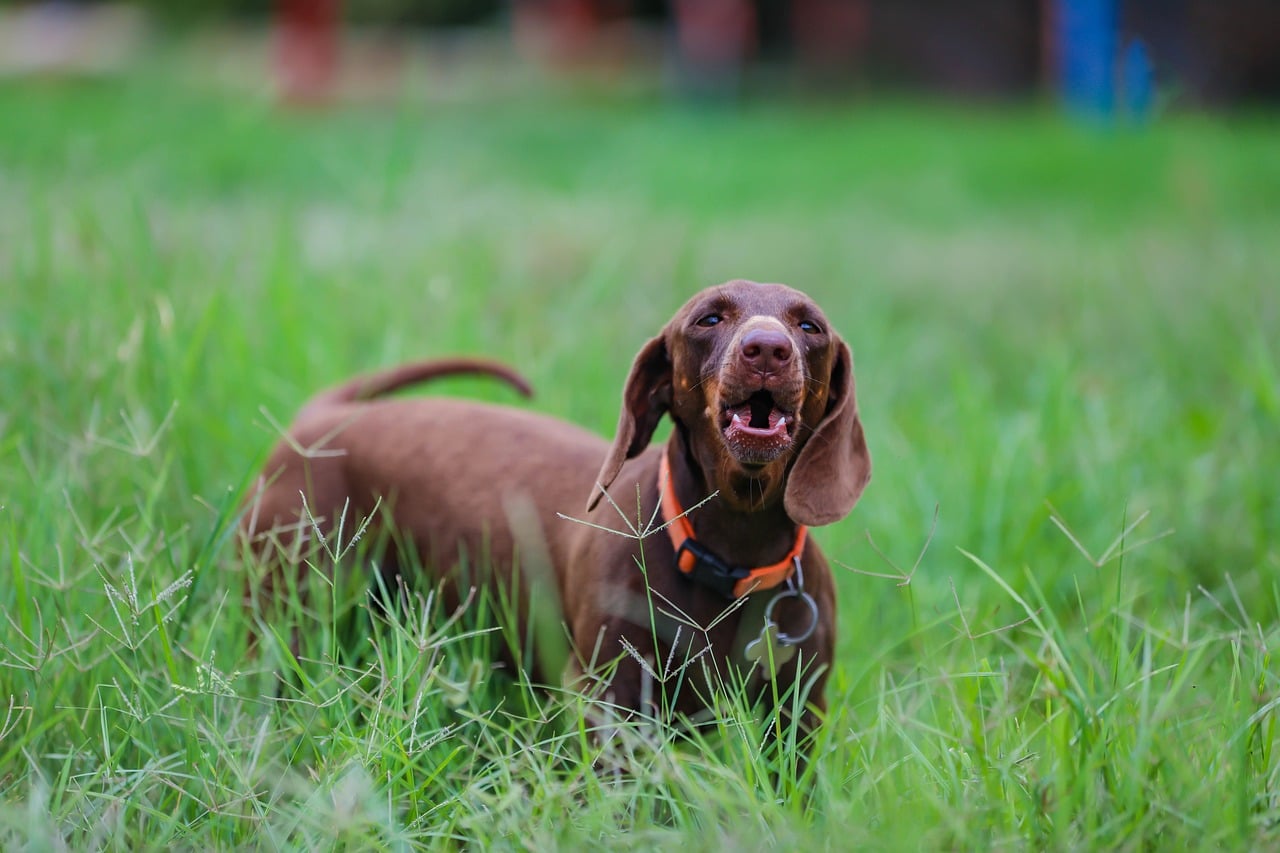 Shutterstock
Shutterstock
Some dogs love to talk, and certain breeds are natural chatterboxes for those seeking a furry friend who’ll join in on the conversation. These vocal dogs don’t simply bark—they “talk,” howl, yowl, and make all sorts of sounds to communicate with their humans and the world around them. Whether they’re expressing excitement, sounding the alarm about a potential intruder, or responding to their family’s chatter, these dogs bring unique voices and personalities to the household, making life with them both lively and entertaining.
Siberian Husky
 Shutterstock
Shutterstock
Known for their iconic howls and unique vocalizations, Siberian Huskies are one of the most talkative dog breeds. Originally bred for sledding, these high-energy dogs use their voices to communicate their needs and excitement. Huskies often engage in “conversations” with their owners, making a range of sounds that can be eerily human-like. They’re known for their stubborn, independent personalities, which only add to their lively vocal expressions.
Beagle
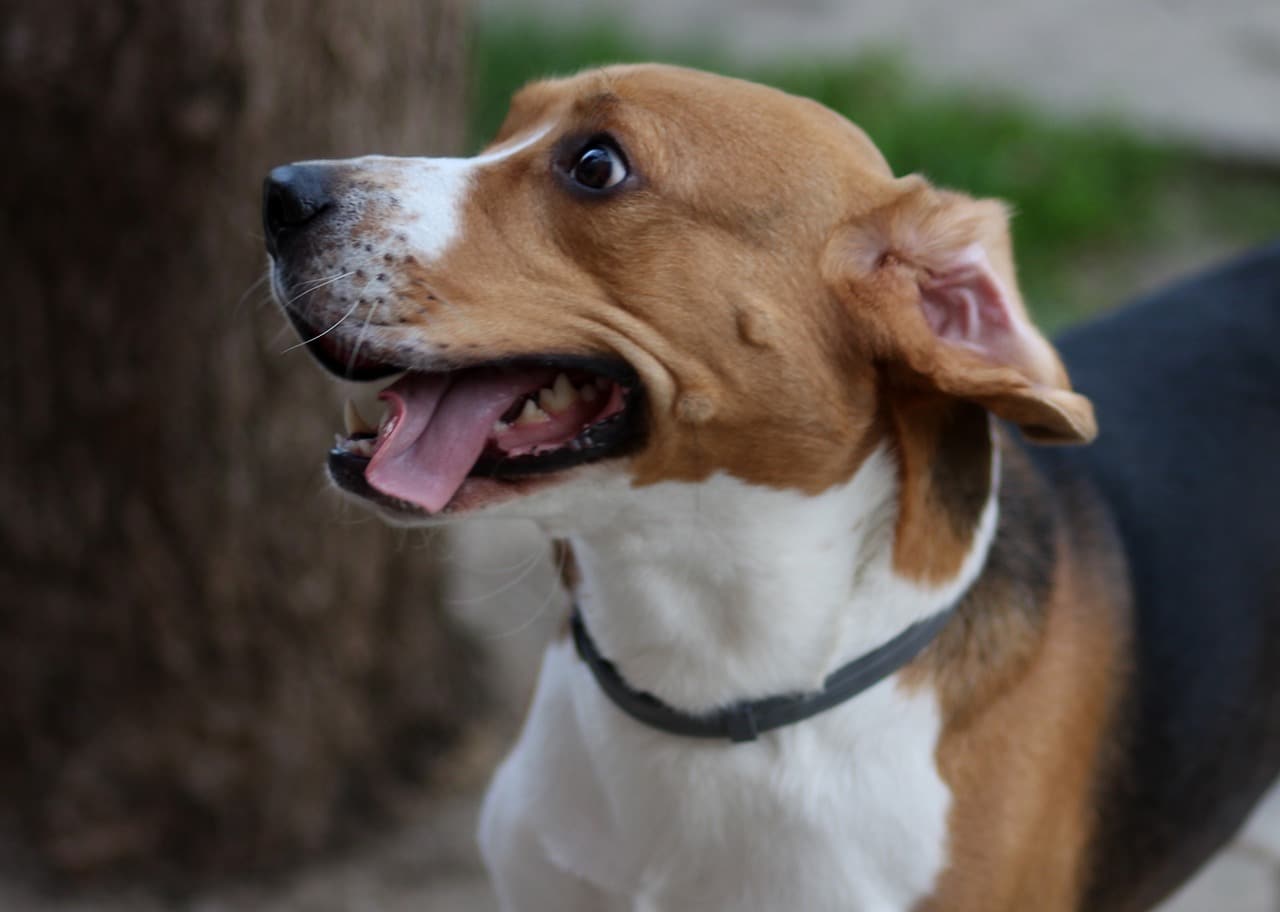 Shutterstock
Shutterstock
Beagles are famous for their “baying” and howling, which comes from their hunting roots. Originally bred to track rabbits and other small game, Beagles use their voices to alert hunters to their finds. They’re known for their loud and distinctive barks, often resembling a howl more than a bark. While loyal and loving, Beagles aren’t shy about making noise, especially when they’ve found an interesting scent.
Chihuahua
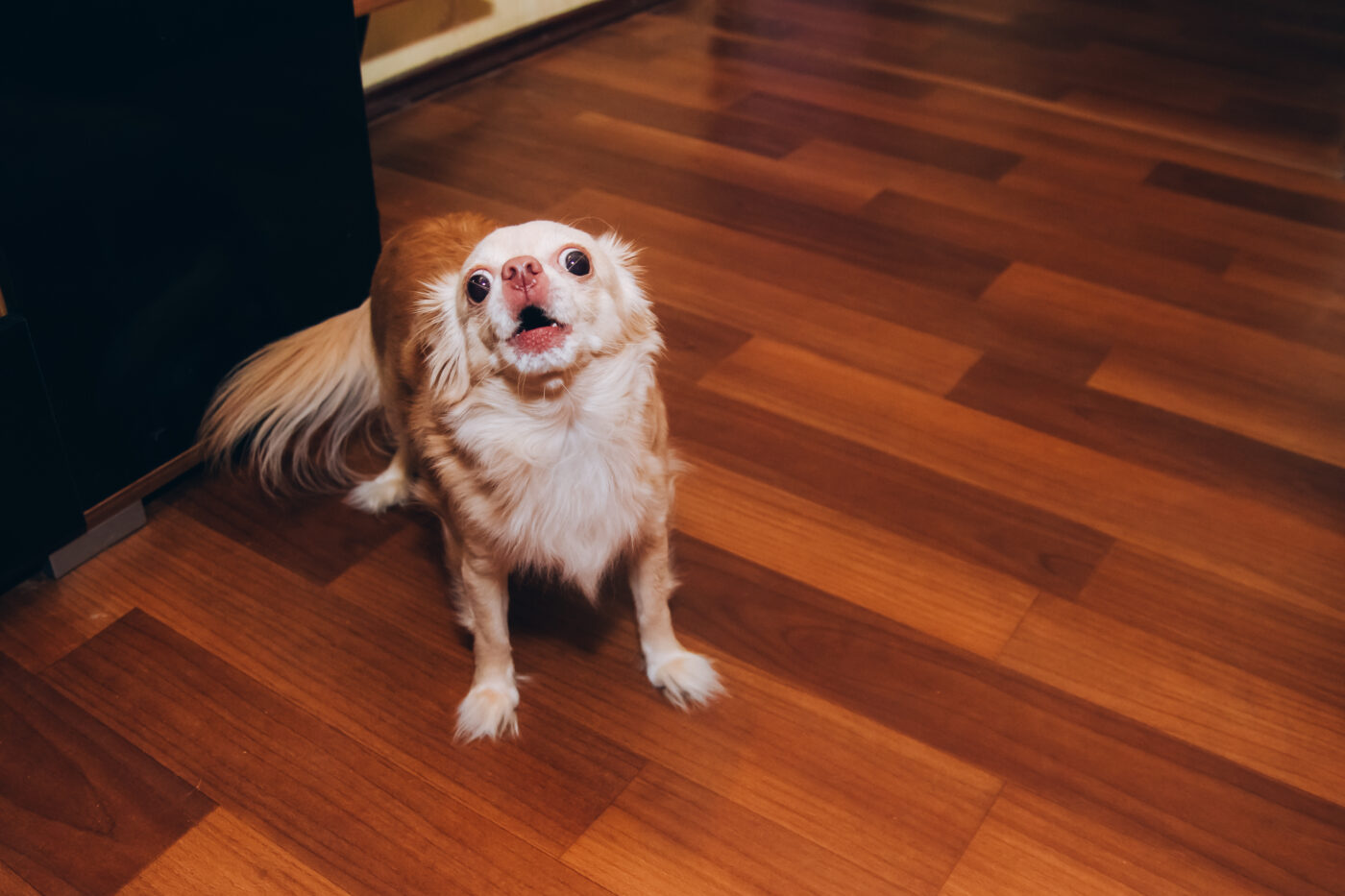 Shutterstock
Shutterstock
Chihuahuas may be tiny, but they certainly have a lot to say. Known for their bold personalities, Chihuahuas bark readily to alert their owners, show excitement, or simply demand attention. Their vocalizations are often high-pitched and persistent, making it hard to ignore them. Despite their size, these little dogs are big on loyalty and will use their voice to protect their people at any opportunity.
Alaskan Malamute
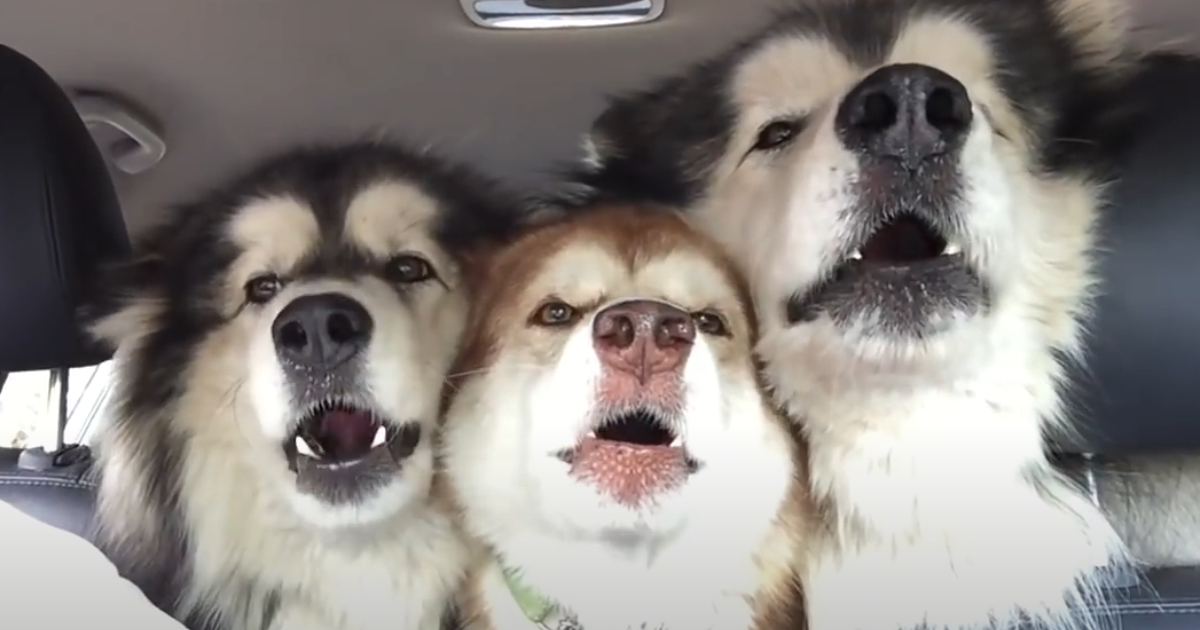 Shutterstock
Shutterstock
Cousins to the Siberian Husky, Alaskan Malamutes are also very vocal, though their sounds are more like howls and “woo-woo” noises than traditional barking. As pack dogs, Malamutes love communicating with their family and are known for their unique vocalizations that often resemble talking. They use these sounds to express happiness, frustration, or even to get attention. Malamutes are social and expressive, making them a lively addition to any household.
Shetland Sheepdog
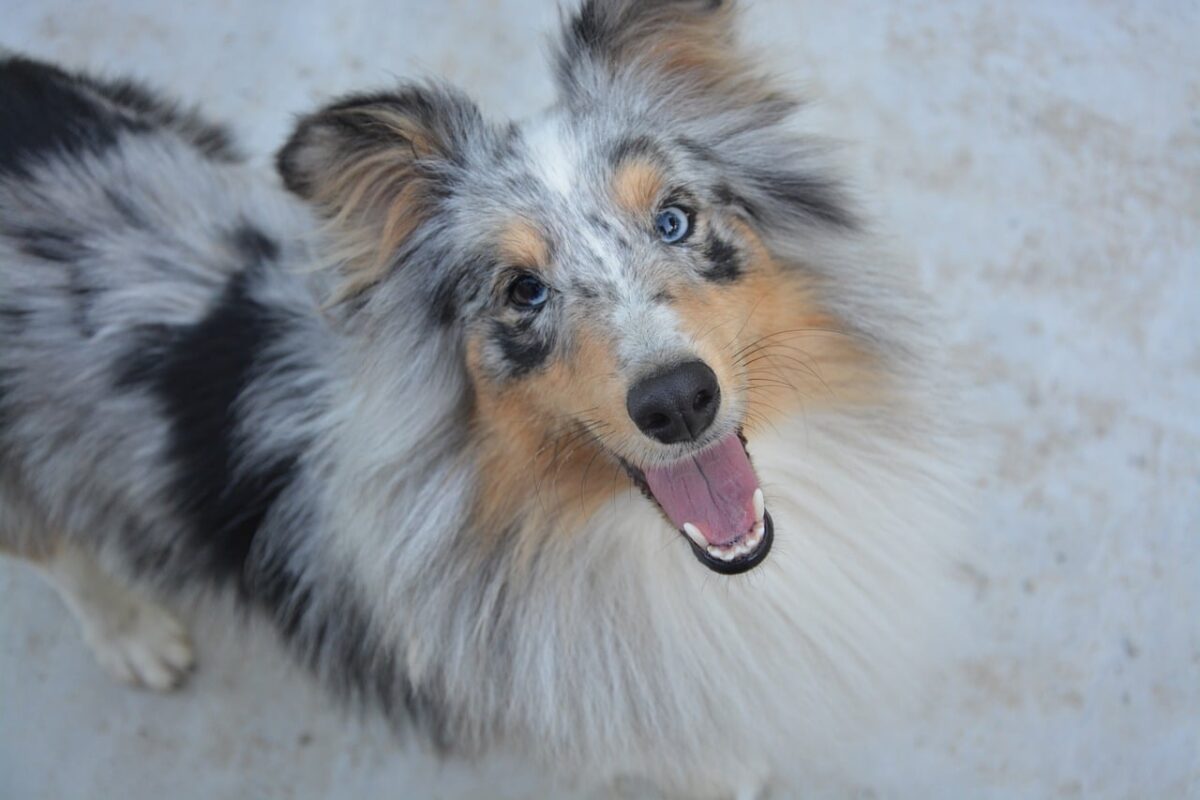 Shutterstock
Shutterstock
Shetland Sheepdogs, or Shelties, are known for their high-energy barks and howls. Originally bred for herding, Shelties use their voices to help control and move livestock, a trait carried over to their interactions with people. Shelties are incredibly intelligent and sensitive to their surroundings, so they react quickly to sounds and movements with barking. They can be quite “chatty” and often vocalize to communicate with their owners or alert them to environmental changes.
Pomeranian
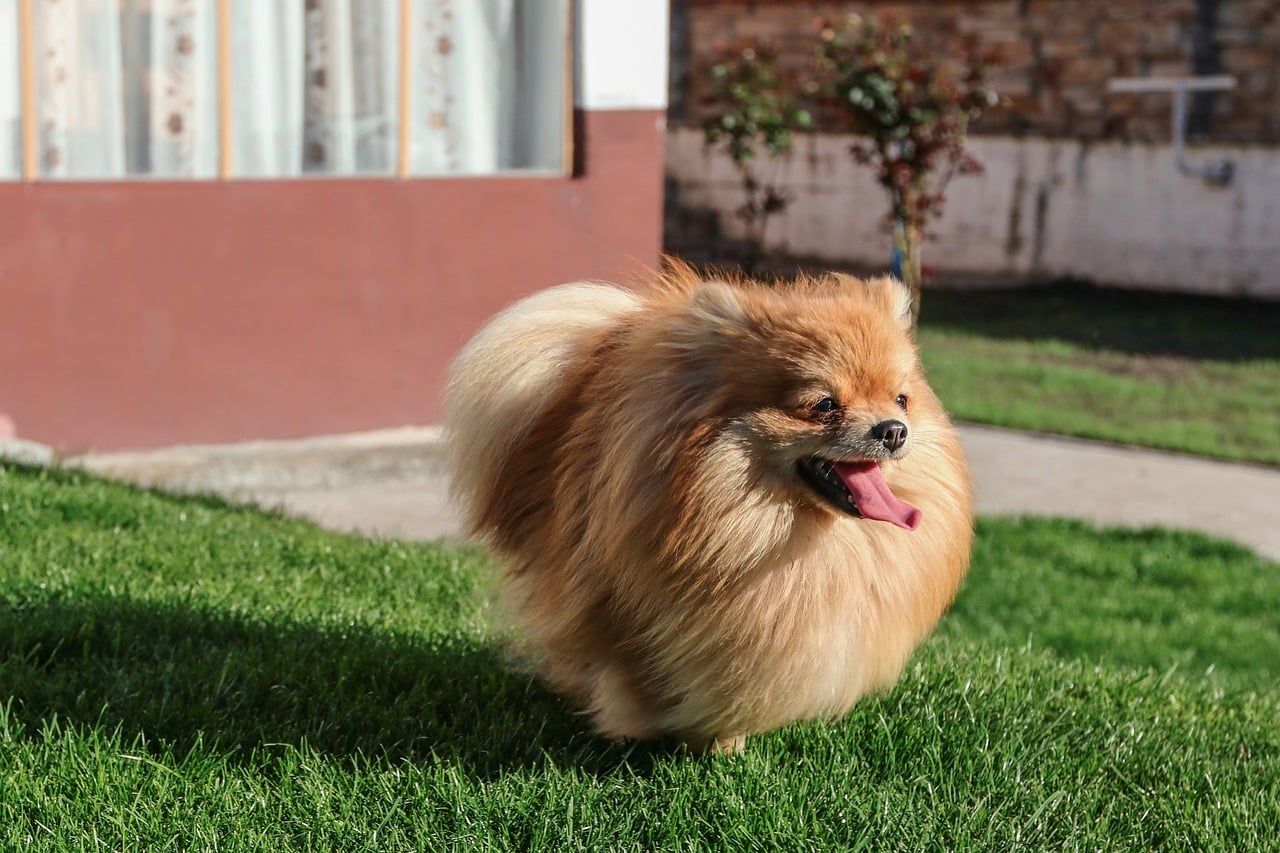 Shutterstock
Shutterstock
Pomeranians may be small, but they pack a punch in their vocal expressions. Known for their lively personalities and high-pitched barks, Pomeranians use their voices to communicate excitement, curiosity, and protectiveness. These little fluff balls bark when they see strangers or other animals, making them excellent watchdogs. With their alert nature and big personalities, Pomeranians don’t hesitate to express their thoughts.
Basset Hound
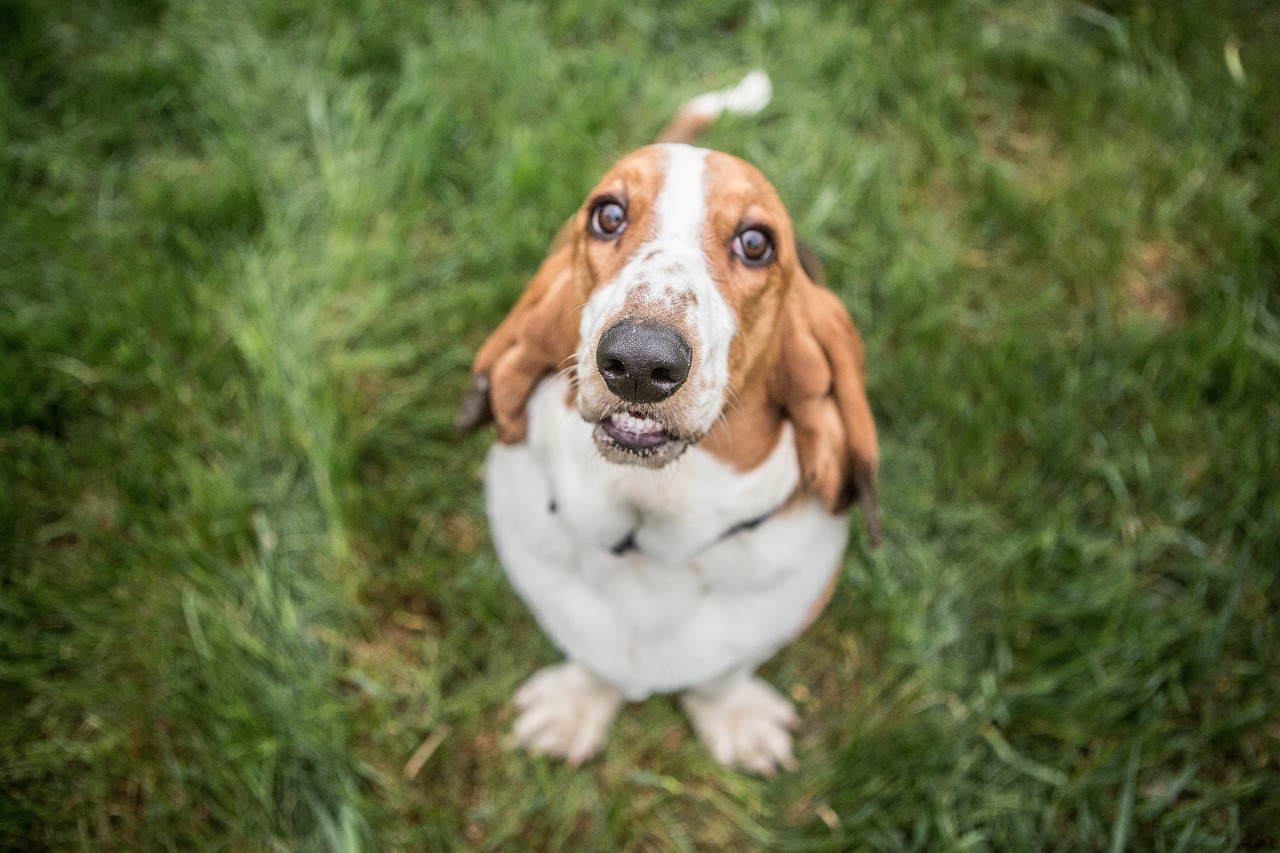 Shutterstock
Shutterstock
Despite their laid-back appearance, Basset Hounds have a loud, distinctive bark and a penchant for baying. Originally bred for hunting, they use their voices to communicate with their owners and track scents. Bassets are known for their mournful, deep howls and will often “talk” back when they’re excited or seeking attention. Their unique vocalizations and friendly personalities make them a lively and entertaining addition to any household.
Shiba Inu
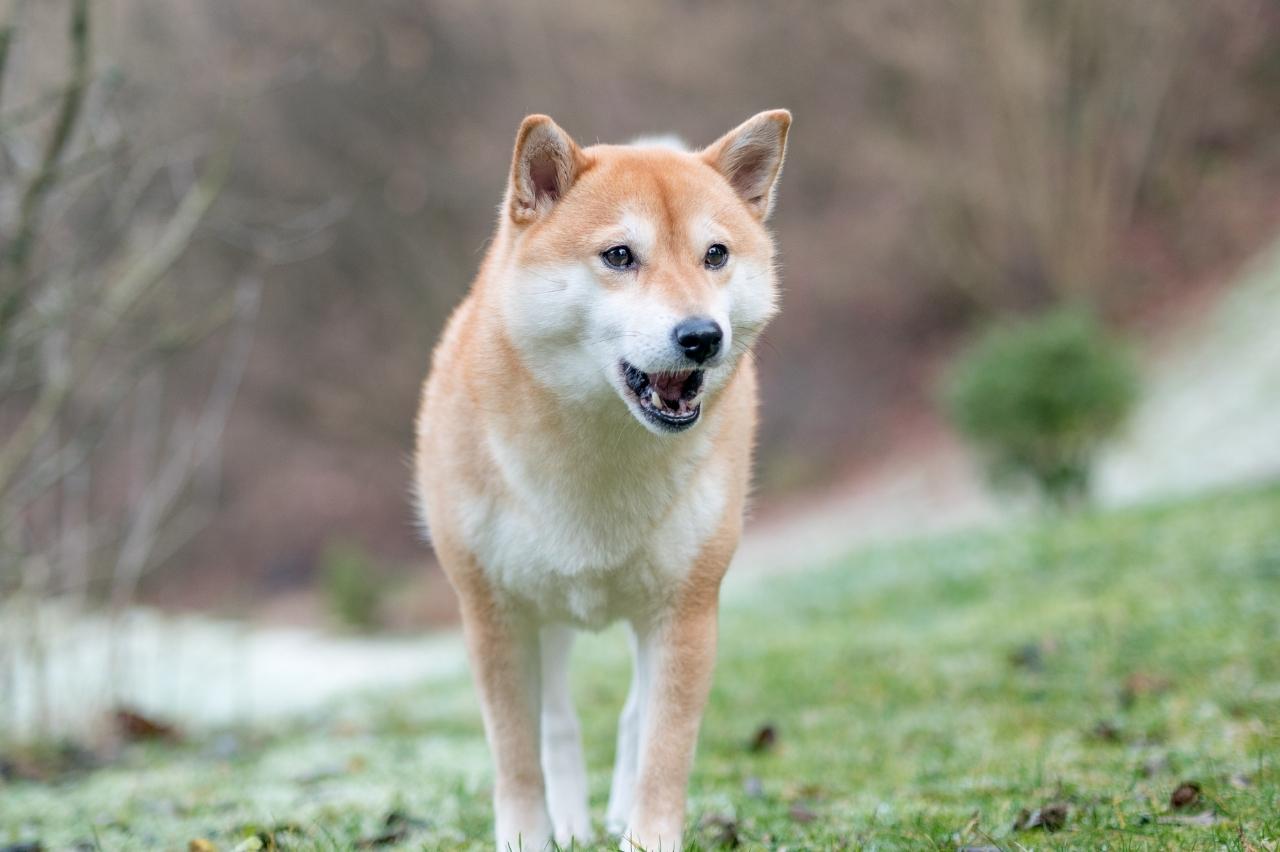 Shutterstock
Shutterstock
Shiba Inus are known for their unique vocalizations, particularly the “Shiba scream”—a high-pitched, yowling sound they make when excited or anxious. Originally from Japan, Shibas have a strong independent streak and use their voice to communicate with their owners. They’re known for their expressive faces and distinct vocalizations, making them one of the more vocal dog breeds. Shibas have strong personalities, and their “talking” is often a way to assert their opinions.
Jack Russell Terrier
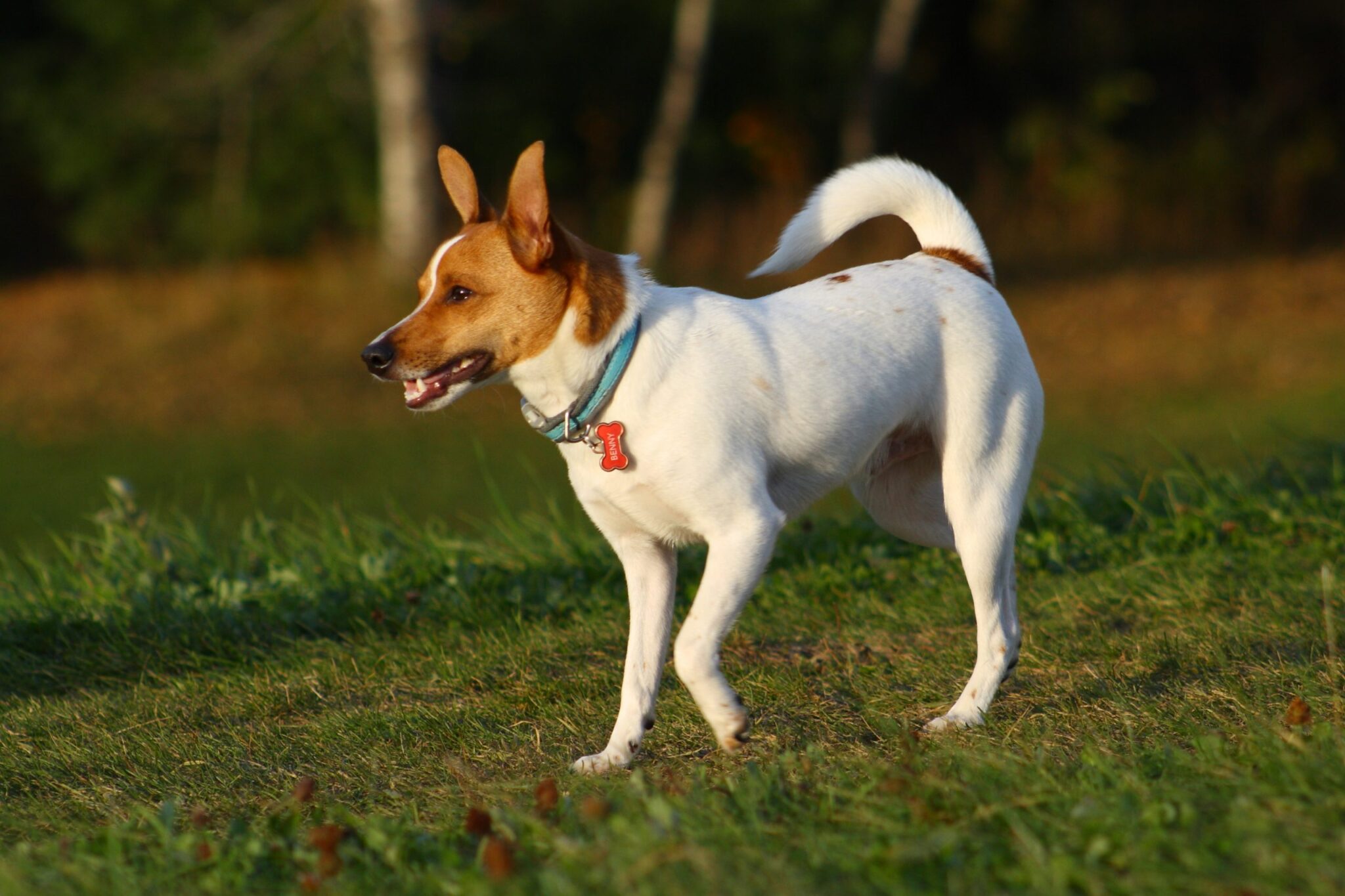 Shutterstock
Shutterstock
These energetic little terriers have much to say, often barking and yapping to express their excitement and opinions. Jack Russells were initially bred for hunting, and they use their loud, sharp barks to communicate and warn of any perceived threats. Known for their boundless energy, they’re constantly on the move and vocalize frequently when they want attention or are excited about an activity. Their bold personalities make them engaging, talkative companions.
Australian Shepherd
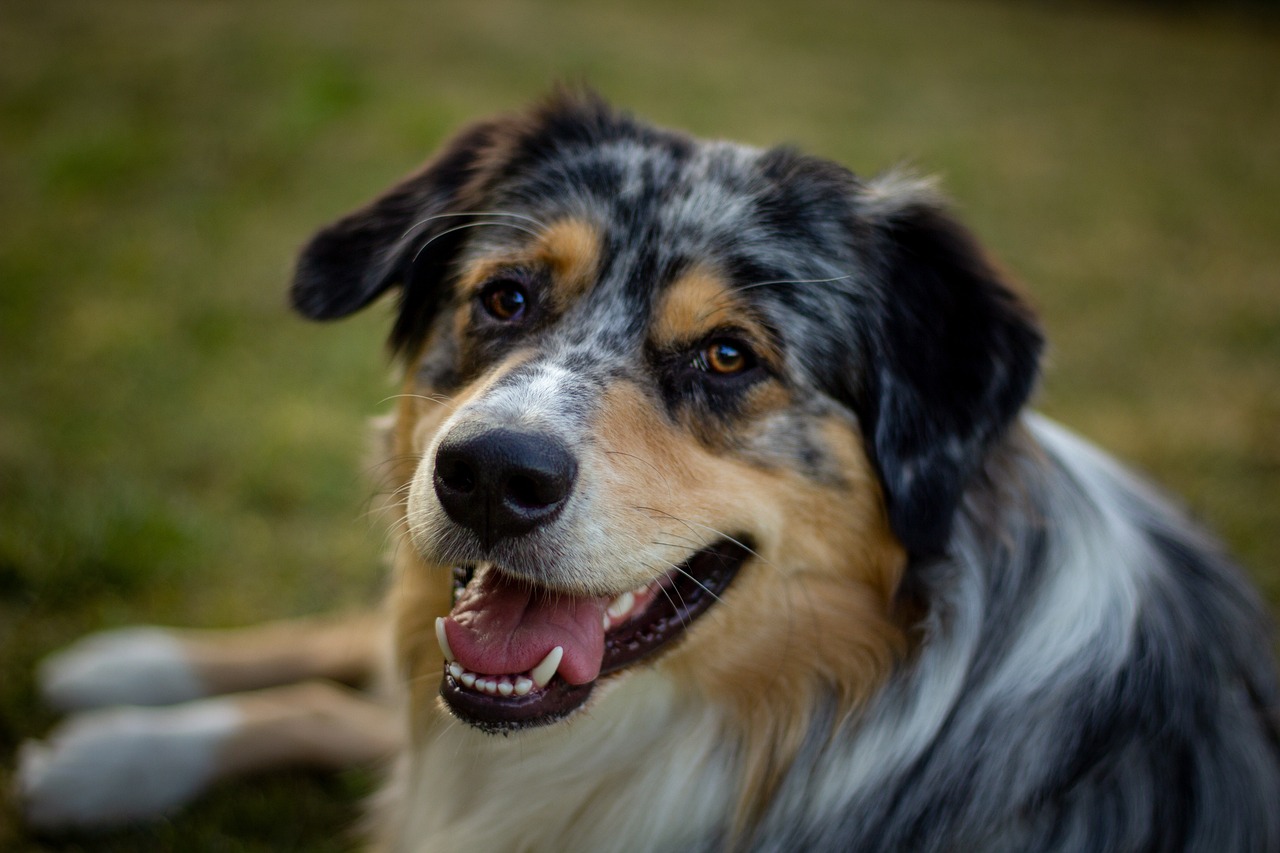 Shutterstock
Shutterstock
Australian Shepherds are highly intelligent and active dogs known for their tendency to “talk” to their owners. As a herding breed, Aussies use barking and other vocalizations to control livestock, a trait they carry into their interactions with people. Aussies are incredibly expressive and often bark when excited or want to initiate play. Their eagerness to communicate and vibrant personalities make them wonderfully vocal additions to active homes.
Miniature Schnauzer
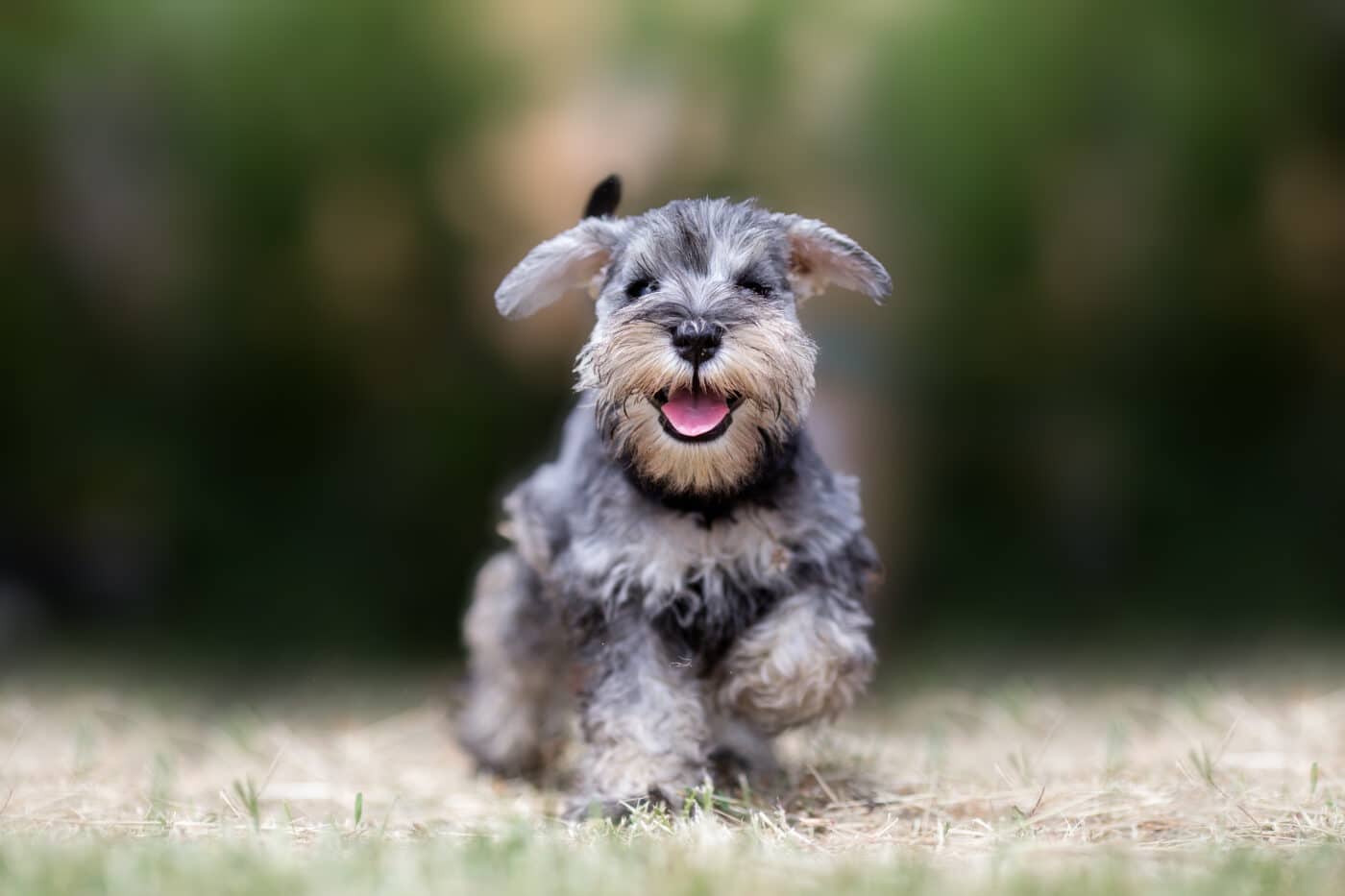 Shutterstock
Shutterstock
Miniature Schnauzers are known for their distinctive, persistent barks, especially when they see or hear something unusual. With a strong protective instinct, they bark to alert their owners to strangers and other potential “intruders.” Schnauzers are bold and assertive; their bark reflects their confidence and curiosity. They have a unique “bark-back” habit, where they engage in back-and-forth barking with their owners, as if they’re truly having a conversation.
Cocker Spaniel
 Shutterstock
Shutterstock
Cocker Spaniels are gentle, affectionate dogs, but they aren’t afraid to use their voice to communicate. Known for their high-pitched barks and vocalizations, Cocker Spaniels bark when they’re happy, excited, or looking for attention. They’re social and sensitive, picking up on their owner’s emotions and often responding vocally. Their soft, expressive eyes and vocal tendencies make them one of the more endearing talkative breeds.
Bloodhound
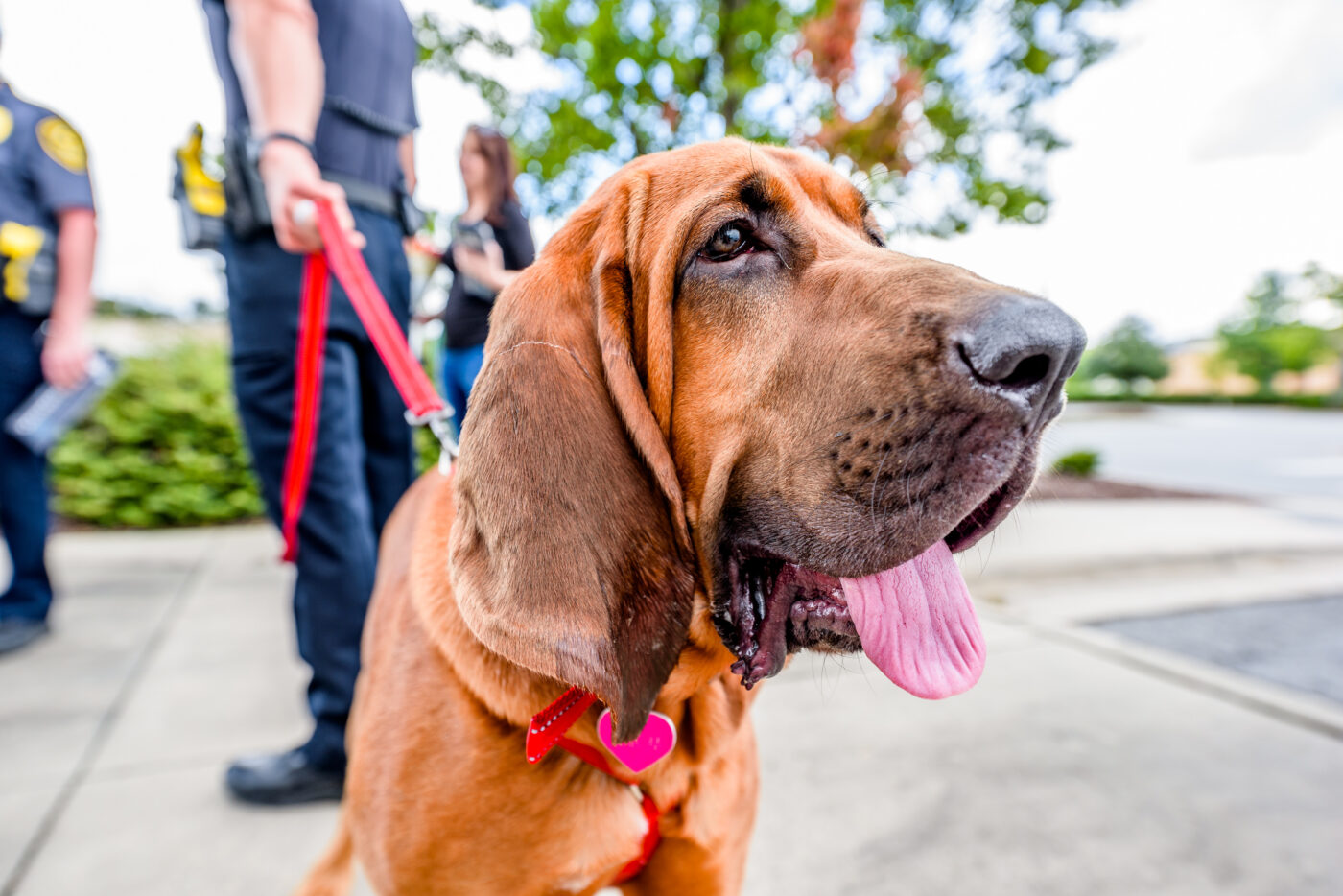 Shutterstock
Shutterstock
Bloodhounds are famously vocal, with a deep, booming bark and mournful bay that can be heard from a distance. Known for their keen sense of smell, Bloodhounds use their voice to alert their owners when they pick up a scent or are excited by something new. Their vocalizations are deep and resonate, adding to their unique charm. Bloodhounds are hardworking and focused, and their vocal expressions are part of their commitment to their job.
Dachshund
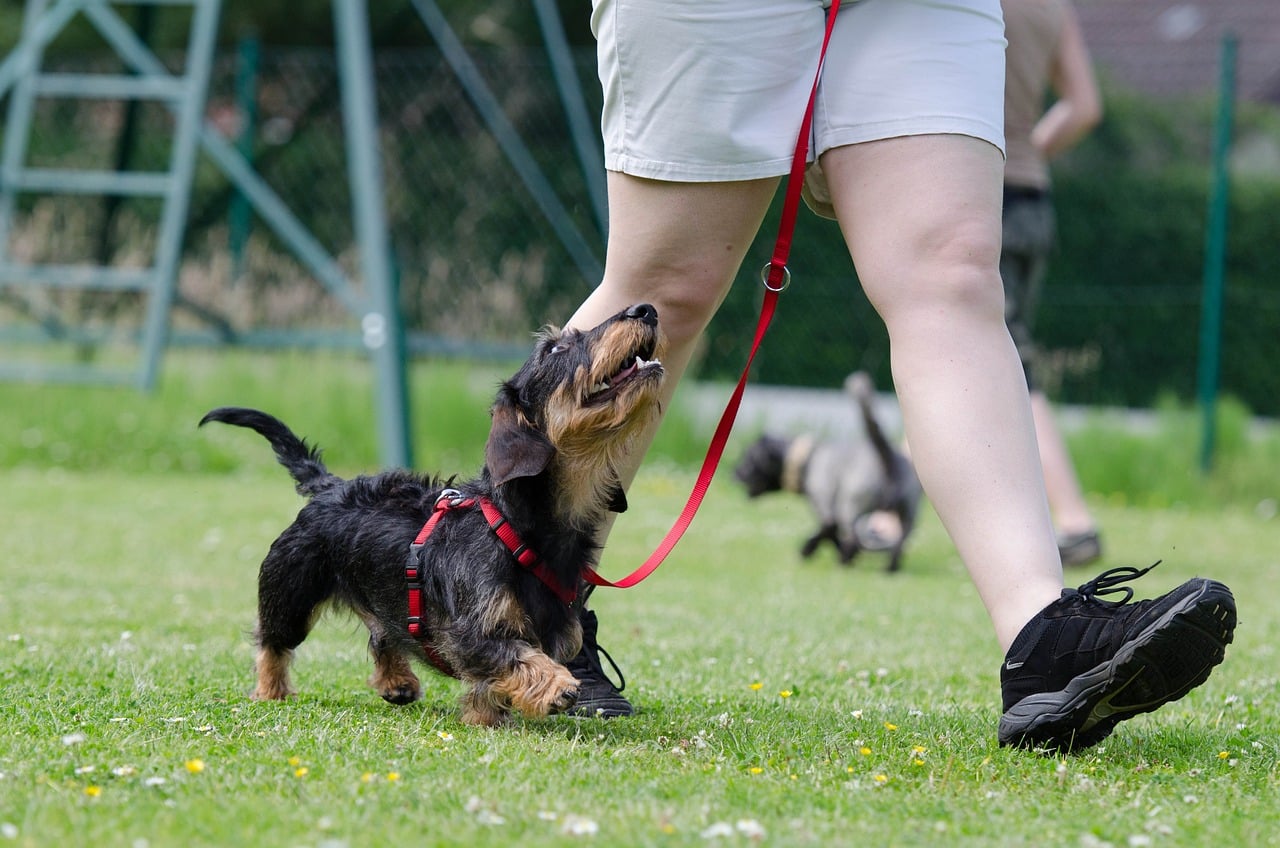 Shutterstock
Shutterstock
These little dogs have big personalities and aren’t afraid to express themselves. Known for their loud, persistent barks, Dachshunds are often very vocal when alerting their owners to strangers or unusual sounds. Their strong prey drive and loyal nature make them protective, and they’ll bark tirelessly to warn you of any perceived threats. With their high-pitched yaps and determined personalities, Dachshunds are small but mighty in the vocal department.
Samoyed
 Shutterstock
Shutterstock
Samoyeds are known as the “smiling” dogs, but they’re also quite vocal, often using a variety of sounds to communicate. Their playful, social nature makes them prone to “talking,” whether through barking, whining, or howling. Samoyeds are known for their distinctive “woo-woo” sounds, often used to express excitement or seek attention. Their chatty behavior, coupled with their friendly personality, makes them a popular choice for those who love an interactive dog.
Belgian Malinois
 Shutterstock
Shutterstock
Known for their intelligence, energy, and loyalty, Belgian Malinois are also highly vocal, especially when on the job. Originally bred for herding and working closely with handlers, these dogs are expressive and often communicate their needs or concerns through barks, whines, and occasional “chats.” Their intense nature means they’re constantly alert, ready to alert their family to anything unusual, making them not only loyal but also very communicative companions.
The Bark Side Of Friendship
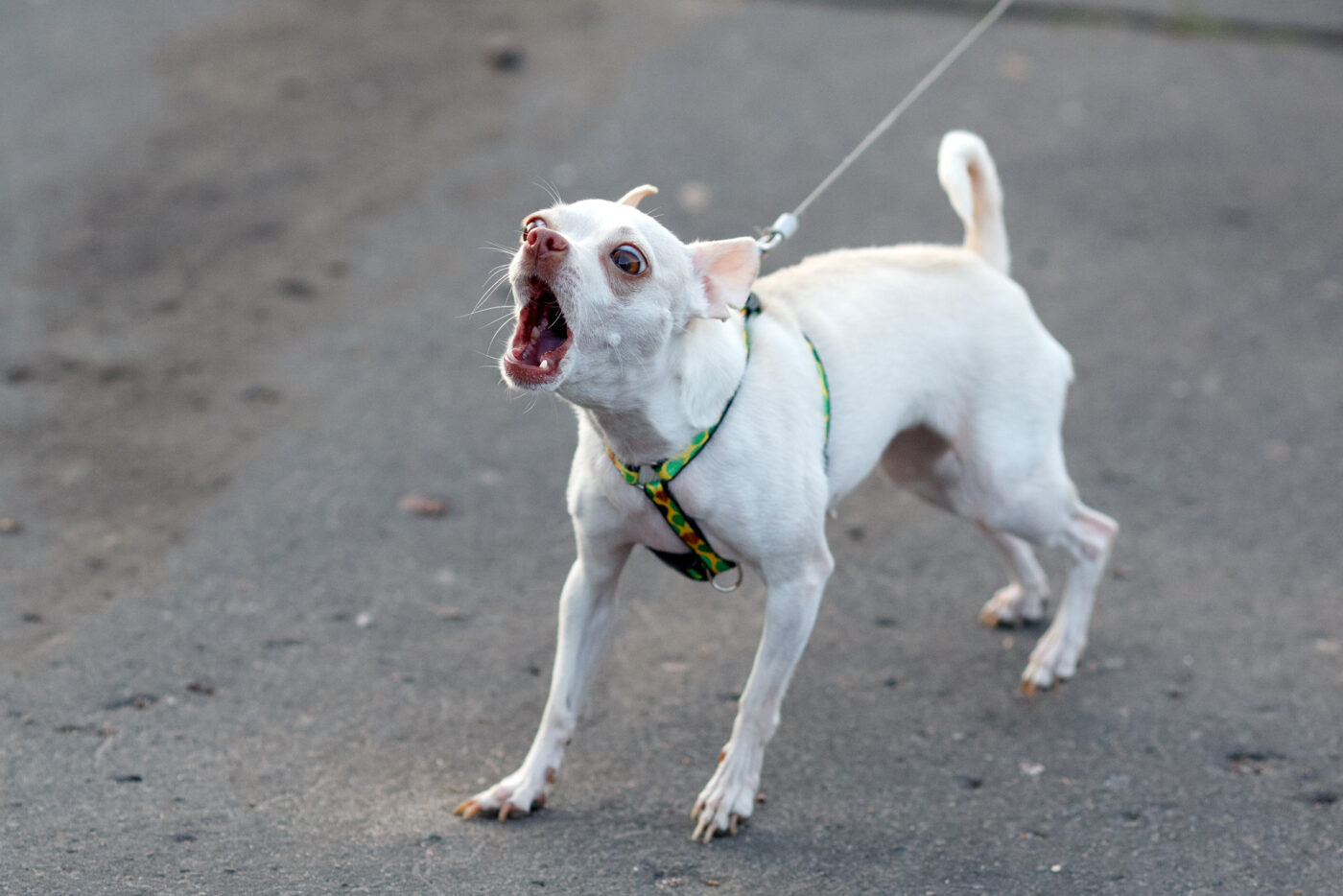 Shutterstock
Shutterstock
These vocal breeds show that a little conversation goes a long way in a happy home, adding endless charm, humor, and individuality to family life. Each talkative pup brings its own expressive barks, unique howls, and personality quirks that make every day more entertaining. If you’re considering one of these chatty companions, prepare for constant engagement—they’ll keep you entertained with commentary, affection, and spirited “conversations.” With bark-back sessions and joyful yowls, these pups ensure there’s never a quiet or dull moment in the household!

 3 weeks ago
12
3 weeks ago
12



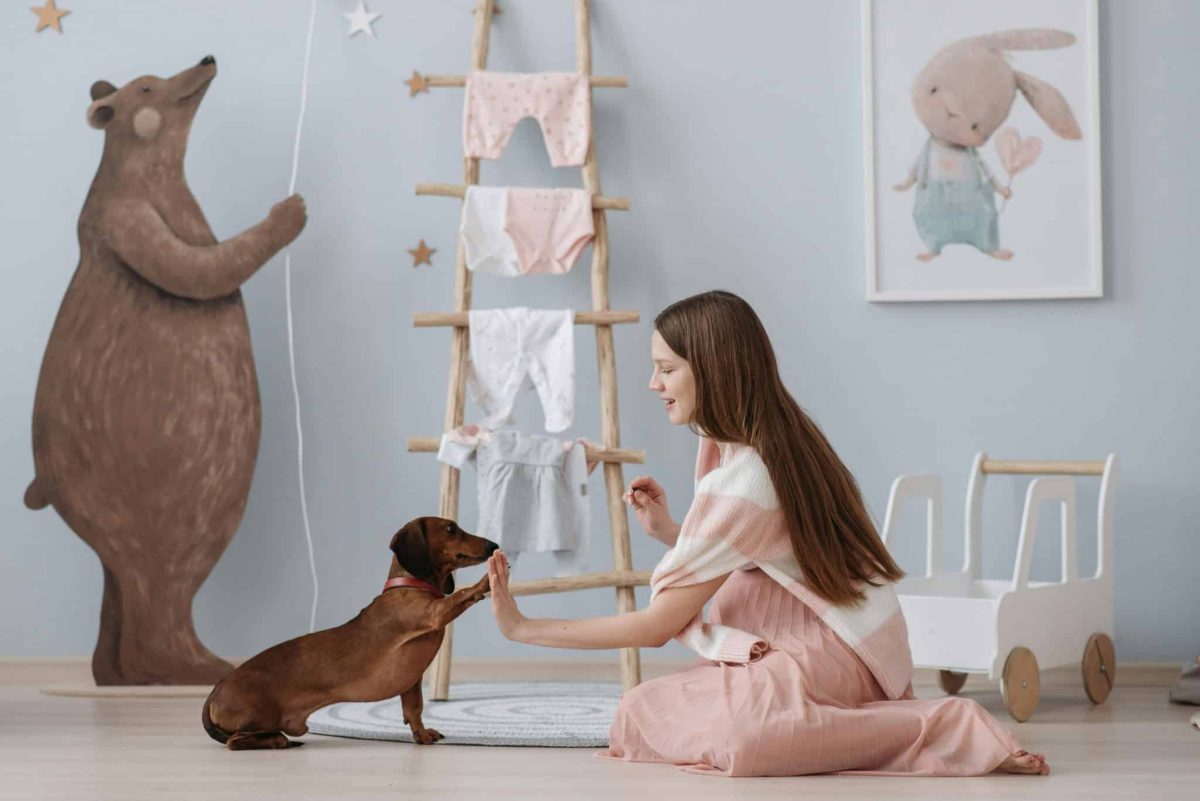
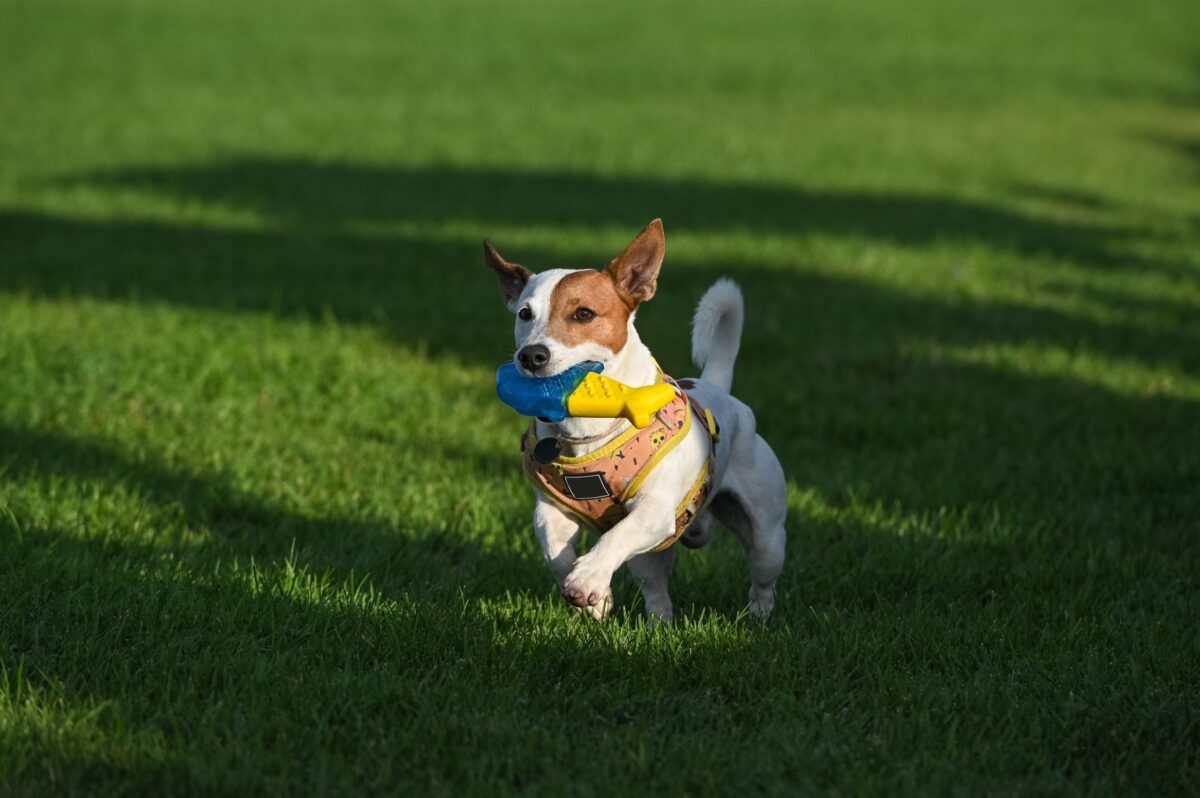


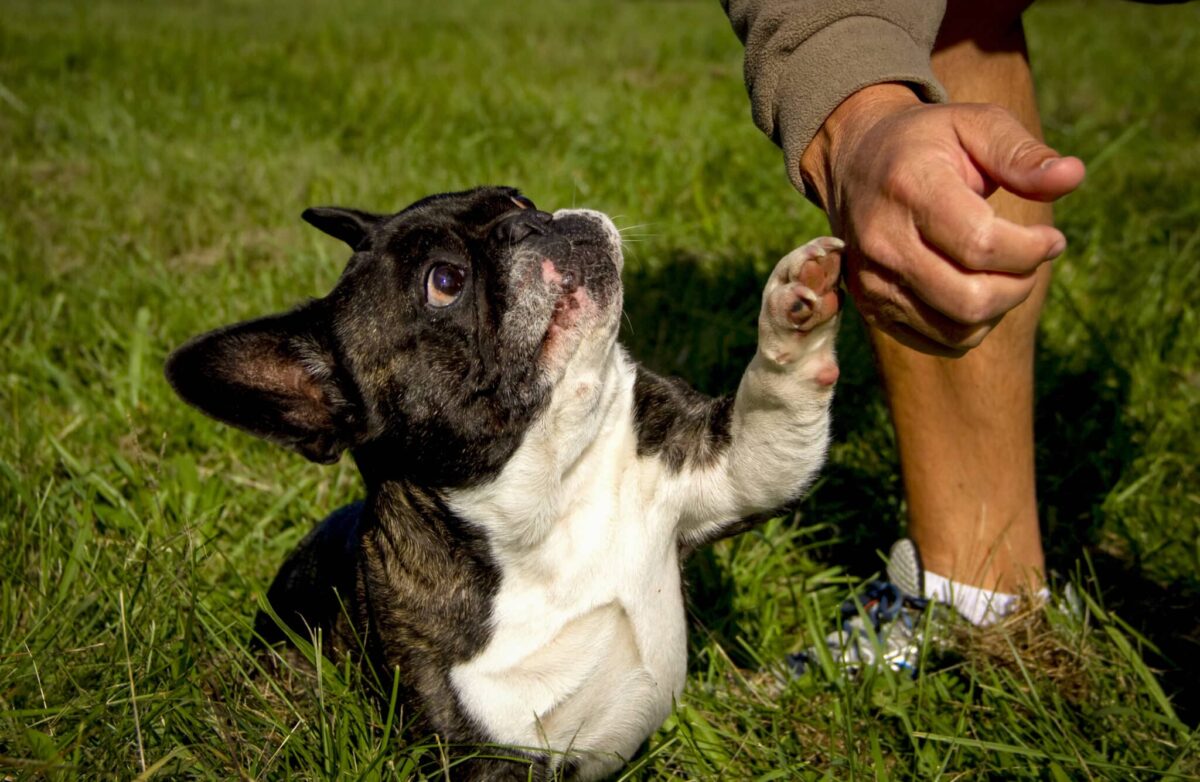







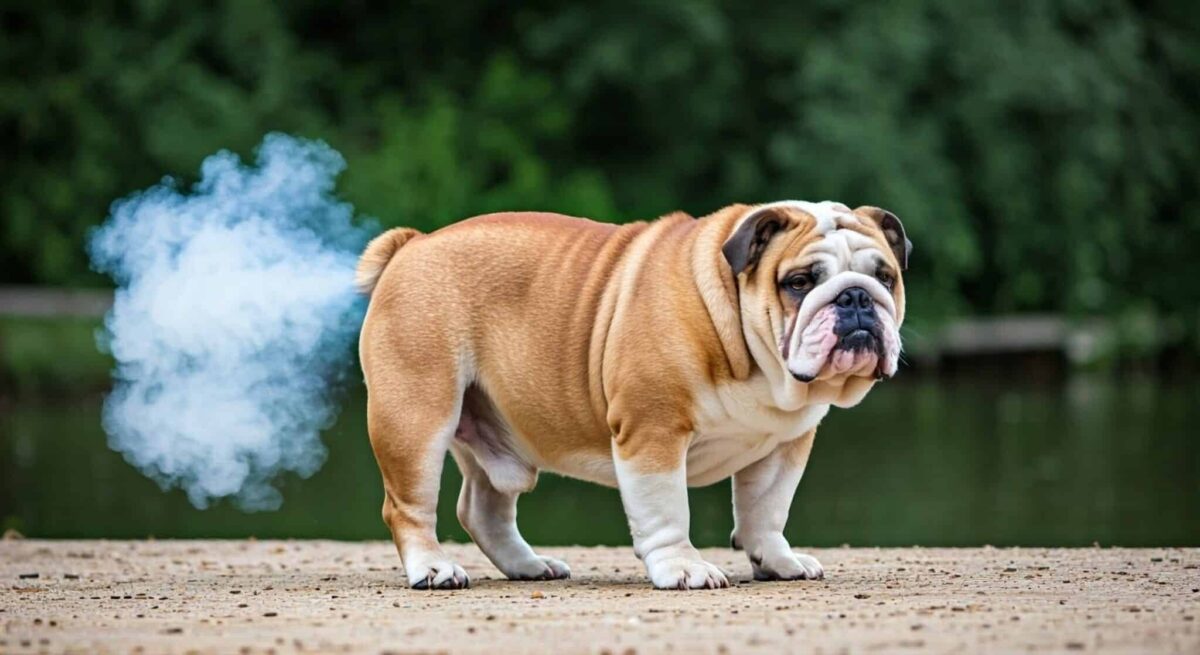


 English (US) ·
English (US) ·